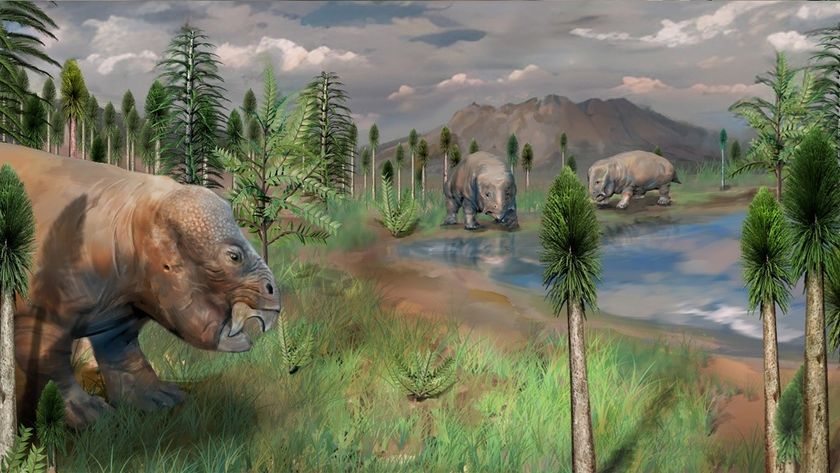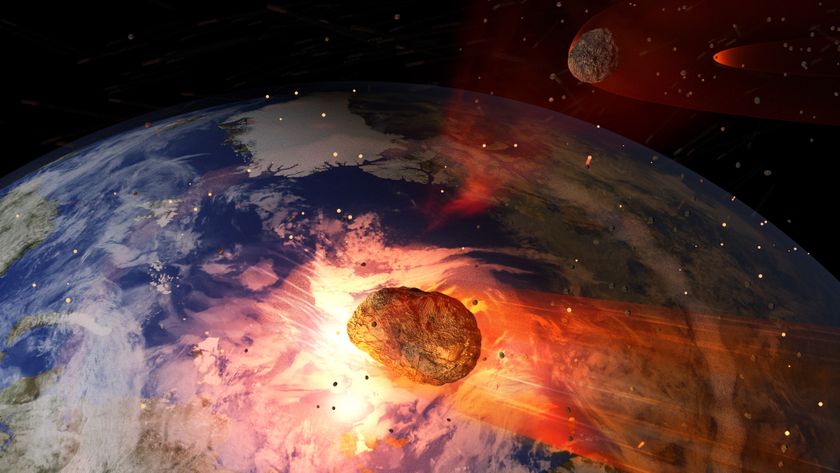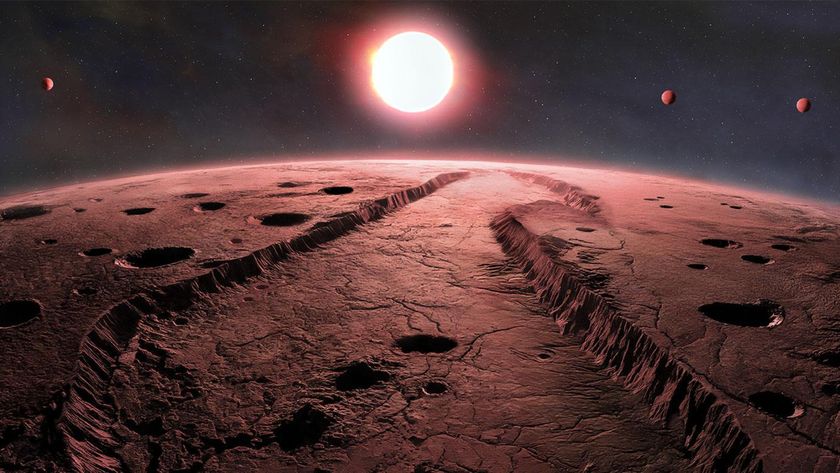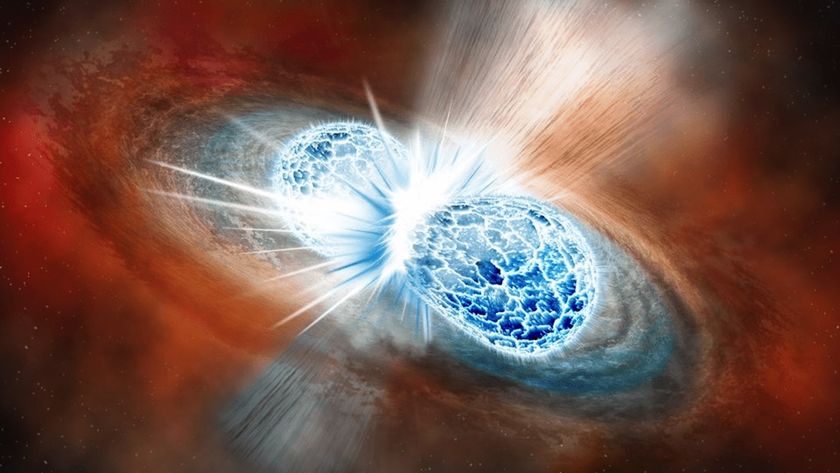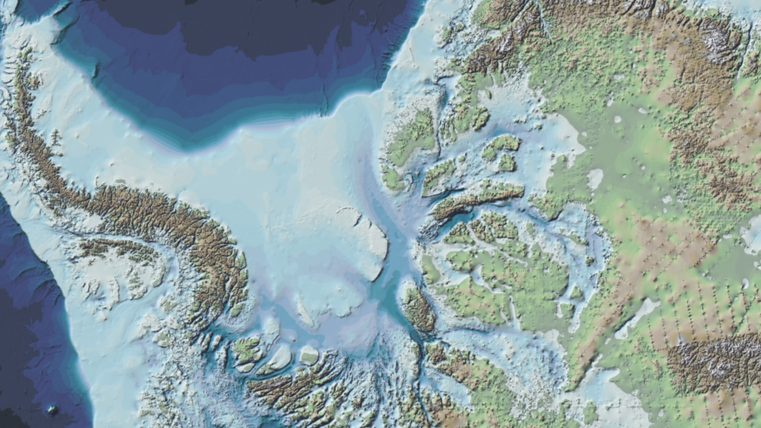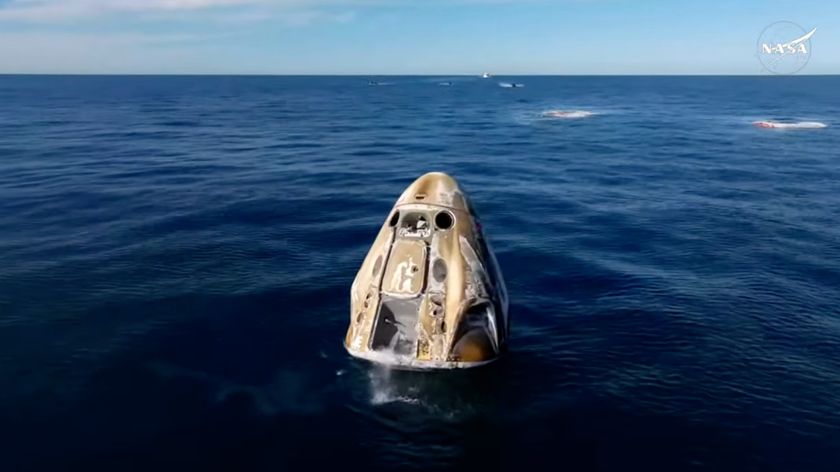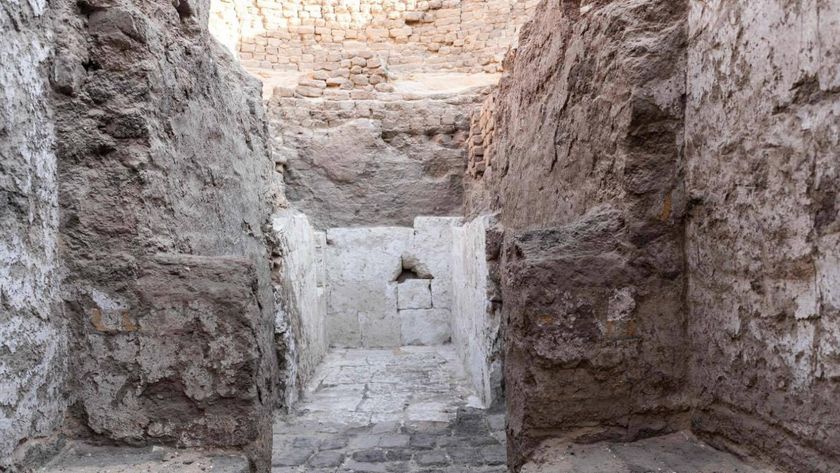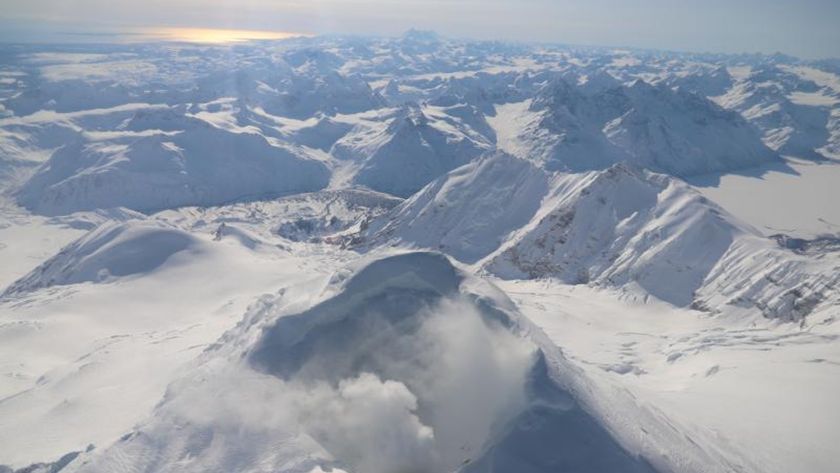'This is by far the oldest': Scientists discover 3.47 billion-year-old meteorite impact crater in Australian outback
Researchers say they have found "unequivocal evidence" that a meteorite smashed into Earth 3.47 billion years ago, potentially affecting plate tectonics and creating conditions for life.

Scientists in Australia have discovered the world's oldest known meteorite impact crater thanks to pristine structures created by the blast in the rock.
Hidden away in the country's outback, the crater is a whopping 3.47 billion years old, according to a study published Thursday (March 6) in the journal Nature Communications.
"Before our discovery, the oldest impact crater was 2.2 billion years old, so this is by far the oldest known crater ever found on Earth," study co-author Tim Johnson, a professor in the school of Earth and planetary sciences at Curtin University in Australia, said in a statement.
The crater is located in Western Australia's Pilbara region, which is home to some of Earth's oldest rocks. Johnson and his colleagues identified the crater thanks to cone-shaped chunks of rock known as "shatter cones," which form when the shock waves from a meteorite impact propagate downward.
The extreme pressure caused by a meteorite collision fractures the rock below in a branching pattern, leaving chunks that are shaped like cones, with the tapered end pointing toward the center of the impact.
Related: What are the largest impact craters on Earth?
The shatter cones were buried in a rock formation called the East Pilbara Terrane, which scientists already knew dates back to more than 3 billion years ago. The cones were "exceptionally preserved," according to the new study, providing "unequivocal evidence" of an epic meteorite crash around the dawn of life on Earth.
Sign up for the Live Science daily newsletter now
Get the world’s most fascinating discoveries delivered straight to your inbox.
The impact likely rippled across the planet, opening a crater that may have measured up to 62 miles (100 kilometers) across — although more work is needed to confirm the size, the researchers wrote in the study. The shatter cones revealed that the meteorite was traveling roughly 22,400 miles per hour (36,000 km/h) when it hit the ground, according to the statement.
As well as being a destructive force, the impact may have helped to spark life by creating the physical and chemical conditions required.
"Uncovering this impact and finding more from the same time period could explain a lot about how life may have got started, as impact craters created environments friendly to microbial life such as hot water pools," study lead author Chris Kirkland, also a professor at Curtin University's school of Earth and planetary sciences, said in the statement.
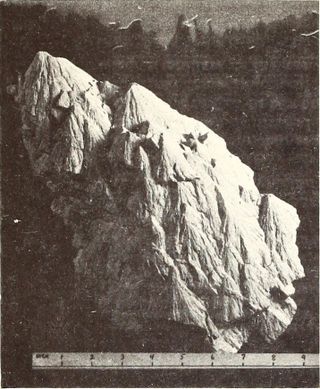
Evidence of ancient meteorite strikes on Earth is hard to come by, because the planet continuously recycles rocks from the crust into the mantle, erasing most crash sites. Erosion and weathering also degrade rocks sitting at the surface, meaning Earth's early impact record is largely lost, according to the study.
Nevertheless, researchers suspect that Earth was regularly pummelled by meteorites in its first billion years of existence due to scars on the moon, which does not have plate tectonics. The moon counts millions of impact craters and 40 that are more than 62 miles across, suggesting planets in the early solar system also underwent heavy bombardment, the researchers wrote.
The new discovery hints that some information about Earth's early history has survived. Not only does this offer new avenues to explore how life began on Earth, but it could also shift geologists' perspectives on the formation of Earth's crust.
"The tremendous amount of energy from this impact could have played a role in shaping early Earth's crust by pushing one part of the Earth's crust under another, or by forcing magma to rise from deep within the Earth's mantle toward the surface," Kirkland said.
The new crater alone doesn't paint a clear picture of Earth's first billion years, but there may be many more similar craters awaiting discovery, the researchers concluded in the study.

Sascha is a U.K.-based staff writer at Live Science. She holds a bachelor’s degree in biology from the University of Southampton in England and a master’s degree in science communication from Imperial College London. Her work has appeared in The Guardian and the health website Zoe. Besides writing, she enjoys playing tennis, bread-making and browsing second-hand shops for hidden gems.
You must confirm your public display name before commenting
Please logout and then login again, you will then be prompted to enter your display name.
